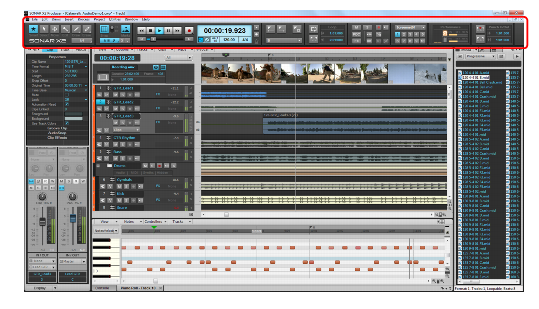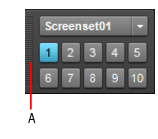Much of your time in SONAR is spent recording and listening to your project as it develops. The Control Bar contains the most important tools and other pieces of information you will need to record, edit and play back your project.The Control Bar consists of several modules that each contain various related controls. You can re-arrange and show/hide each individual module, which allows you to only show the functions you need most often. By default, the Control Bar is docked at the top of SONAR’s screen, but can also be undocked or docked at the bottom.Figure 150. The Control Bar.




















Tip - Searching Documentation
Tip: To search for a specific topic, type your search query in the Search Cakewalk.com field at the top right of this page.
When the search results appear, click which product's documentation you would like to search to filter the search results further.
Note - Using Offline Help
Note: If you prefer to always use offline Help, go to Edit > Preferences > File > Advanced in your Cakewalk software and select Always Use Offline Help.
If you are not connected to the internet, your Cakewalk software will default to showing offline help until an internet connection becomes available.






